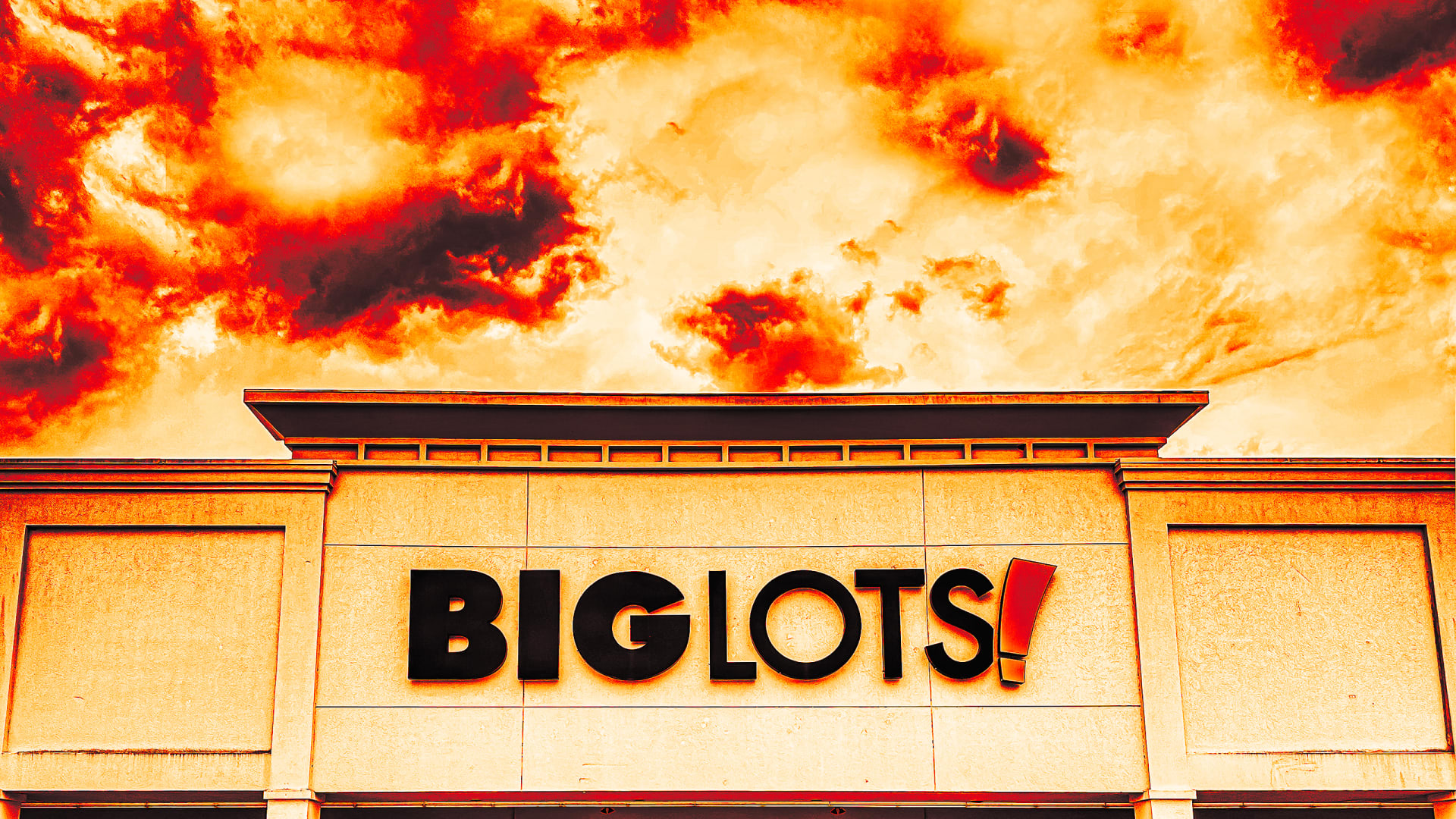big lots store closings has long been a staple in the discount retail sector, offering customers a wide range of products at affordable prices. However, in recent years, the company has faced significant challenges, leading to the closure of several stores across the country. This article delves into the reasons behind these closures, the impact on local communities, and what the future big lots store closings for Big Lots as it navigates through these turbulent times.
The Rise and Fall of big lots store closings: A Brief History

big lots store closings began its journey in 1967 as Consolidated Stores Corporation, a company focused on closeout and discount retailing. The company quickly expanded, acquiring other discount retailers and broadening its product offerings. In 1982, the first Big Lots store was opened, and the brand rapidly grew in popularity.
By the early 2000s, big lots store closings had become a household name, known for its wide selection of discounted products ranging from furniture to groceries. The company’s business model was based on buying overstocked, discontinued, or otherwise discounted products from manufacturers and selling them to consumers at lower prices. This approach allowed Big Lots to thrive during economic downturns when consumers were more budget-conscious.
However, as the retail landscape began to change with the rise of e-commerce and shifts in consumer behavior, big lots store closings started facing significant challenges. The company’s reliance on physical stores and its traditional business model began to show cracks as more consumers turned to online shopping and as competition from other discount retailers intensified.
Why Are big lots store closings Stores Closing? Analyzing the Key Factors
The decision to close Big Lots stores is not made lightly, and several factors contribute to these closures. Understanding these factors is crucial to grasp the current state of the company and its future prospects.
Shifts in Consumer Behavior
One of the most significant factors contributing to Big Lots store closings is the shift in consumer behavior. Over the past decade, consumers have increasingly turned to online shopping for convenience, variety, and often lower prices. This shift has put immense pressure on brick-and-mortar retailers like Big Lots, which rely heavily on foot traffic to generate sales.
The COVID-19 pandemic further accelerated the adoption of e-commerce, with many consumers opting to shop online rather than visit physical stores. While big lots store closings has made efforts to improve its online presence, it has struggled to compete with e-commerce giants like Amazon and Walmart, who have perfected the online shopping experience.
Increased Competition in the Discount Retail Sector
The discount retail sector has become increasingly competitive, with numerous players vying for a share of the market. Stores like Dollar General, Family Dollar, and Five Below have expanded rapidly, offering similar products at comparable or lower prices. These competitors have not only increased their store count but have also invested in improving the in-store experience and expanding their product lines.
big lots store closings , on the other hand, has faced challenges in differentiating itself from these competitors. The company’s stores are often located in less desirable areas, and some have faced issues with inventory management and store upkeep. As a result, consumers may opt to shop at other discount retailers that offer a more pleasant shopping experience or better deals.
Economic Challenges and the Impact on Consumer Spending
Economic factors also play a significant role in big lots store closings store closings. The company primarily targets budget-conscious consumers, who are more likely to be affected by economic downturns. When the economy is struggling, consumers tend to cut back on non-essential purchases, which can negatively impact sales at stores like Big Lots.
Inflation, rising interest rates, and other economic challenges can also reduce disposable income, leading consumers to be more selective in their spending. This shift in consumer behavior can result in decreased sales for Big Lobig lots store closings ts, making it difficult for the company to maintain profitability at certain locations.
The Impact of Store Closures on Local Communities
The closure of big lots store closings ots stores has a ripple effect on the communities in which they are located. These closures can have both economic and social implications, affecting not only the employees who lose their jobs but also the broader community.
Job Losses and Economic Consequences
When a big lots store closings store closes, it typically results in the loss of jobs for the employees who worked there. This can have a significant impact on individuals and families, particularly in areas where job opportunities are limited. The loss of income can lead to financial hardship and may force individuals to seek employment in other industries or relocate to find work.
In addition to job losses, store closures can also have broader economic consequences for the community. Local suppliers and service providers who worked with the store may lose business, and the loss of foot traffic can negatively impact nearby businesses. In some cases, the closure of a major retailer like Big Lots can contribute to the decline of a shopping center or commercial area, leading to further economic challenges for the community.
Reduced Access to Affordable Goods
big lots store closings stores are known for offering a wide range of products at discounted prices, making them an important resource for budget-conscious consumers. When a store closes, it can reduce access to affordable goods for residents in the area, particularly those who may not have easy access to other discount retailers or online shopping.
For low-income individuals and families, the closure of a Big Lots store can be particularly challenging. They may have to travel farther to find similar products at comparable prices, which can be both time-consuming and costly. In some cases, the closure of a discount retailer like big lots store closings can contribute to the phenomenon of “retail deserts,” where access to affordable goods is limited.
Social and Community Impact
Beyond the economic implications, the closure of a big lots store closings store can also have social and community impacts. Retail stores often serve as gathering places for communities, where people can interact and socialize while shopping. The closure of a store can disrupt these social connections and contribute to a sense of loss or decline in the community.
In some cases, a Big Lots store may be located in an area where it is one of the few remaining retailers. Its closure can leave a void in the community, making it more difficult for residents to access essential goods and services. This can be particularly challenging for elderly or disabled individuals who may rely on the convenience of a nearby store.
big lots store closings ’ Response to the Challenges: Strategies for Survival
As Big Lots faces the challenges of store closures and a changing retail landscape, the company has implemented several strategies to adapt and survive. These strategies aim to address the underlying issues that have led to store closures and position the company for long-term success.
Investing in E-Commerce and Digital Transformation
One of the key strategies that Big Lots has adopted is investing in its e-commerce platform and digital transformation. Recognizing the growing importance of online shopping, the company has made efforts to improve its website, mobile app, and overall online shopping experience. This includes offering more products online, providing convenient delivery and pickup options, and enhancing the user experience.
While Big Lots has made progress in this area, it still faces challenges in competing with more established e-commerce players. However, continued investment in digital transformation is essential for the company to remain relevant in the modern retail landscape and capture a share of the growing online market.
Optimizing Store Footprint and Enhancing In-Store Experience
In response to the challenges of maintaining profitability at certain locations, Big Lots has undertaken a process of optimizing its store footprint. This includes closing underperforming stores and focusing on locations that have the potential for higher sales and profitability. By concentrating resources on these locations, the company can improve its overall financial performance.
In addition to optimizing its store footprint, Big Lots has also invested in enhancing the in-store experience for customers. This includes improving store layouts, updating signage, and ensuring that stores are well-stocked and clean. By creating a more pleasant shopping environment, the company hopes to attract more customers and encourage repeat visits.
Diversifying Product Offerings and Expanding Private Labels
Another strategy that Big Lots has implemented is diversifying its product offerings and expanding its private label brands. By offering a wider range of products, including exclusive items under its own brands, the company can differentiate itself from competitors and provide customers with unique value propositions.
Private label products often have higher profit margins than national brands, which can help improve the company’s financial performance. Additionally, by offering products that are not available at other retailers, Big Lots can attract customers who are looking for something different or who are loyal to the brand.
The Future of Big Lots: What Lies Ahead?
The future of Big Lots remains uncertain, as the company continues to navigate the challenges of the retail industry. However, several factors will play a critical role in determining the company’s success in the coming years.
Adapting to a Changing Retail Landscape
One of the most important factors in Big Lots’ future success is its ability to adapt to the changing retail landscape. This includes continuing to invest in e-commerce, optimizing its store footprint, and enhancing the customer experience. The company must also stay attuned to shifts in consumer behavior and be willing to make bold changes to its business model if necessary.
Managing Economic Pressures
Economic pressures will continue to be a challenge for Big Lots, particularly as inflation and other factors impact consumer spending. The company must find ways to manage these pressures, whether through cost-cutting measures, price adjustments, or other strategies. Maintaining a strong financial position will be essential for weathering economic downturns and staying competitive in the discount retail sector.
Building Customer Loyalty and Brand Value
Building customer loyalty and brand value will be key to Big Lots’ long-term success. This includes not only attracting new customers but also retaining existing ones by providing a consistent and positive shopping experience. The company must also work to strengthen its brand identity and communicate its value proposition effectively to consumers.




